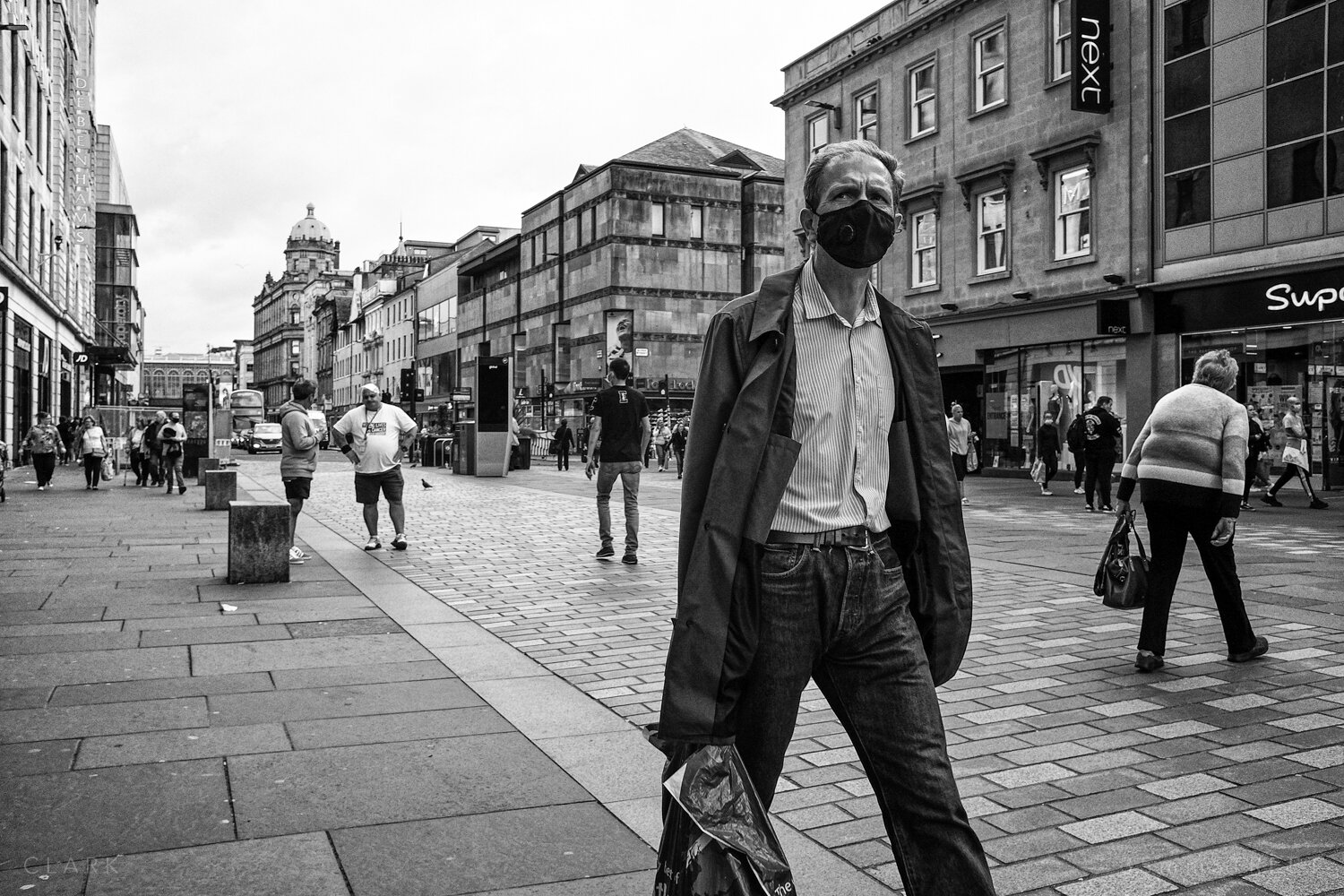4 Easy Facts About Street Photographers Explained
4 Easy Facts About Street Photographers Explained
Blog Article
The Street Photographers Statements
Table of ContentsThe 15-Second Trick For Street PhotographersA Biased View of Street PhotographersFascination About Street PhotographersThe Only Guide to Street PhotographersStreet Photographers Things To Know Before You Get This
Road professional photographers do not always have a social objective in mind, however they choose to isolate and capture minutes which may or else go unnoticed.Though he was influenced by a lot of those that influenced the street professional photographers of the 1950s and '60s, he was not chiefly thinking about capturing the spirit of the road. The impulse to aesthetically document individuals in public started with 19th-century painters such as Edgar Degas, douard Manet, and Henri de Toulouse-Lautrec, who functioned side by side with professional photographers trying to record the significance of city life.

Given the great high quality of his photographs and the breadth of product, architects and artists often bought Atget's prints to utilize as reference for their own job, though industrial passions were rarely his primary motivation. Instead, he was driven to picture every last remnant of the Paris he enjoyed.
The 3-Minute Rule for Street Photographers
They reveal the city with his eyes. His job and essential understanding of digital photography as an art type functioned as ideas to generations of professional photographers that followed. The future generation of street professional photographers, though they likely did not describe themselves because of this, was introduced by the photojournalism of Hungarian-born photographer Andr Kertsz.
Unlike his peers, Brassa utilized a larger-format Voigtlnder electronic camera with a much longer exposure time, requiring him to be a lot more computed and thoughtful in his technique than he could have more tips here been if using a Leica. (It is thought that he might not have actually been able to manage a Leica back then, but he did, nonetheless, make use of one in the late 1950s to take colour photographs.) Brassa's photos of the Paris abyss lit up by fabricated light were a discovery, and the compilation of the series that he released, (1933 ), was a significant success.
Cartier-Bresson was a champ of the Leica camera and one of the very first photographers to optimize its abilities. The Leica permitted the professional photographer to connect with the environments and to capture moments as they happened - Street Photographers. Its fairly little dimension likewise assisted the professional photographer fade right into the history, which was Cartier-Bresson's recommended strategy
Street Photographers Things To Know Before You Get This
It is as a result of this fundamental understanding of the art of photo taking that he is often attributed with rediscovering the tool around once more approximately a century considering that its development. He took photos for more than a half century and affected generations of professional photographers to trust their eye and intuition in the minute.
These are the concerns I shall try to respond to: And afterwards I'll leave you with my own interpretation of street digital photography. Yes, we do. Allow's start with specifying what a meaning is: According to click site it is: "The act of defining, or of making something guaranteed, distinctive, or clear".
No, certainly not. The term is both limiting and misleading. Sounds like a road photography must be photos of a roads right?! And all road digital photographers, besides a handful of absolute newbies, will fully appreciate that a road is not the crucial part to road digital photography, and really if it's an image of a street with maybe a few dull individuals doing absolutely nothing of interest, that's not road digital photography that's a picture of a street.
He makes a legitimate factor do not you assume? While I agree with him I'm not sure "honest public digital photography" will certainly capture on (although I do kind of like the term "honest digital photography") since "street photography" has been around for a long time, with numerous masters' names affixed to it, so I believe the term is below to stay.
Not known Facts About Street Photographers
You can fire at the coastline, at an event, in a street, in a park, in a piazza, in a coffee shop, at a museum or art gallery, in a metro station, at an occasion, on a bridge, under a bridge ...
Yes, I'm afraid we have no choice! Without rules we can not have an interpretation, and without a meaning we don't my website have a style, and without a category we do not have anything to define what we do, and so we are stuck in a "policies interpretation category" loophole! - Street Photographers
Little Known Questions About Street Photographers.

Report this page